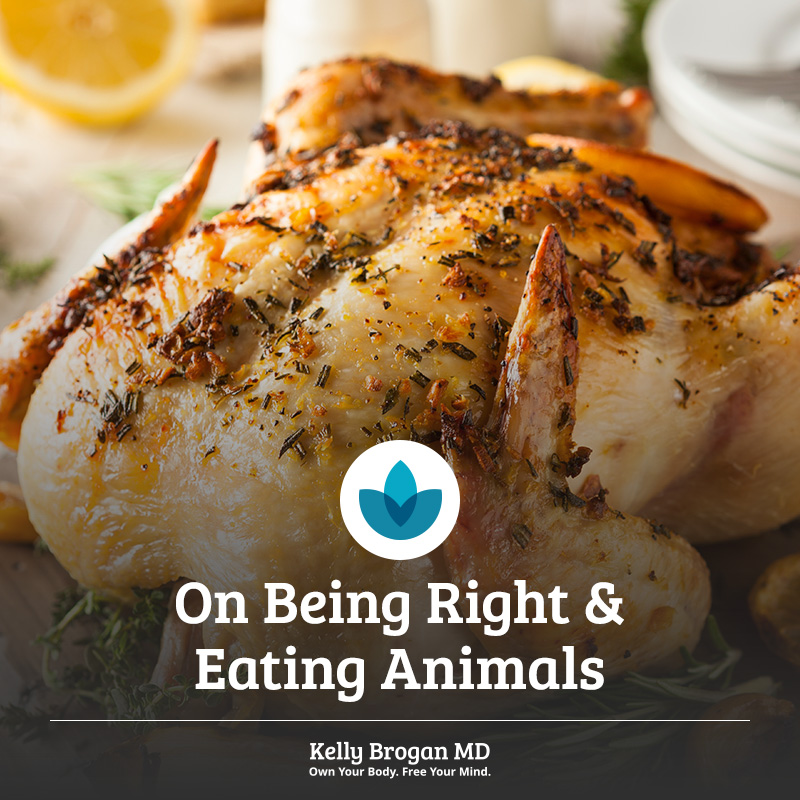 I’ve always been allergic to dogma. In any institutional setting – educational, religious, medical, and most definitely, airport! – I find myself developing hives and hot flashes whenever I need to follow rules that make no sense. I made a beeline to self-employment. To me, rules for rules sake tend to represent, at their core, a fear-based attachment to “safety” over freedom.
I’ve always been allergic to dogma. In any institutional setting – educational, religious, medical, and most definitely, airport! – I find myself developing hives and hot flashes whenever I need to follow rules that make no sense. I made a beeline to self-employment. To me, rules for rules sake tend to represent, at their core, a fear-based attachment to “safety” over freedom.
We have been conditioned to prize dogma in a world that feels ever more unsafe. Bag checks, profiling, kids confined to indoor play, and vaccine mandates – we imagine that more rules and more vigilance will get us out of the bind that rules and vigilance and the quest for control got us into.
When we follow rules without sense-ibility, we lose something. We surrender our autonomy and authenticity and with it, a piece of our compass. Some rules may seem to cost us nothing and represent gain for the greater good. On closer examination, however, every control-based rule costs. Even, as Charles Eisenstein discusses in Ascent of Humanity, even sidewalks result in an illusion of safety with greater risk to the pedestrian who walks along side a car that assumes the safety of the street-sidewalk contract and neglects any real responsibility to pay attention to the possibility of humans in the street.
The false security of medical dogma
In the era of consensus medicine, where we are more concerned with battling germs and cancer and our own naturally responsive emotions than we are with health freedom, it is imperative to hold every assumption about conventional interventions up to the harsh light of Truth. I often imagine that there aren’t many people who feel deep truth in a vaccine, taking an antidepressant, or getting chemotherapy. They may think it’s the right thing to do. They may feel relief in engaging the practice. But there’s a voice deep deep down inside – however tiny – that says no. It’s this voice that screams in its own compensatory defiance when those same patients are confronted with what they feel is indictment of their choice by a contrary perspective. This is when pain and vitriol fuel a defensive (and offensive) rage toward “alternative medicine.”
A natural skeptic, even in the holistic realm, when something feels like I’m drawing from consensus rather than personal Truth, I pause – does everyone really need vitamin D? Is fish oil always good? Are white foods really all bad? I look at the story behind the belief. Are we afraid of something (cancer, infections, diabetes), and that’s why we are reaching for an intervention or a rule? Or are we celebrating and supporting the body’s potential to be resilient and heal if we just let our consciousness dance with what is. Are we trusting the body, aligning it with its roots.
Look at the intention.
What are we really here for?
As far as I can tell, the purpose of life is to actually live it. It’s harder than it sounds to achieve this simple goal. The direct experience of aliveness brings us into a state of remembering ourselves – the selves that are component parts of a whole.
Coming into contact with this self is knowing the soul. The soul has no cultural or historical context. It knows only the Truth.
Knowing that this Truth exists, already within us, is a gamechanger. It’s a personal shift that mirrors greater societal and scientific shifts. The shift is from doing to trusting.
We do from our minds, from our intellects. We try to learn facts and more facts is more true, we tell ourselves. We use facts and effort and force to make reality (and nature) do what we think we need and want it to do. The only way to move through the dangers and pitfalls of this perilous life is to prepare, make decisions, and control the narrative. Sound familiar?
Trust yourself, not your ego
Well, there’s another way, and it involves knowing, not thinking. It involves acting from a space of compassion, not righteousness, and remembering that when we win through violence, hate, and aggression, we injure ourselves. In this new, old model, we hold our opinions lightly and feel always and ever more for that all-permitting Truth. We check our egos over and over and over again, smiling gently at ourselves when we see we’ve taken the bait once again.
There’s no freaking out, no yelling, no reactivity (even if you’re Italian, like me!) in this way of being because when things are not as we want them, we take the invitation to let go of having wanted them to be a certain way in the first place. Relax. It’s. All. O.K.
When we trust ourselves, we feel into our intuition. Our intuition always tells us exactly what we need to know.
How do we come into this intuition?
We have to find it again. We have to go digging. We need to do that now, now that we are all collectively living in the unbalanced male principal, more than perhaps ever before. We have lost our essential selves in our collective love affair with our intellects and the promise of dominating the world, nature, and our bodies. There is a proliferation of information so thick, you could drown in it. And then there is our weapon of righteousness – science.
Let go of needing to be right
Science – a tool best purposed to reflect the grandeur and awesomeness of nature’s divine complexity – has splintered into shards of irrelevance used to stab each other, blindly.
Ever notice that no one ever changed their behavior because of science or data or the latest study?
I’ve been paying attention to the many topics that tempt us into so-called evidence-based, rational debate – an effort so futile, it only serves to bring us into contact with our attachment to “being right.”
Climate change, homebirth, vaccination, and GMOs are some of the many topics that defy meaningful dialectic.
There’s no convincing. There’s no winning. In fact, if you have concerns about the onslaught of technology and pharmaceuticals, in endeavoring to win, you are perpetuating the warring mentality, yourself.
The fight to be right about diet
One of these topics resistant to peaceful thought exchange is the “what’s right to eat” conversation. While there seem to be more dietary affiliations than churches these days, there is no greater debate than ‘to meat or not to meat.’
We engage arguments about arable land, feeding the hungry, polluting the environment. We discuss the length of our intestines and the shape of our teeth. We fearmonger with threats of cancer if you do meat, disabling depression if you don’t. We lean on vibrational analysis of the energetics of food. We feel right and we need to prove that we are.
The thing is we become the monsters we think we’re fighting when we do this.
What if the emotion of “being right” was a sign that your authenticity would be best served by holding more gently exactly what it is that you feel so right about?
Don’t seek to control, seek to allow.
Your way is your way for you alone.
Recently, in seeking support for A Mind of Your Own from the spiritual and yogic community, I have met with resistance. The resistance sounds something like this, “Kelly, this is an important book and I’m sure it will help many people. We can’t offer it to the community, however, because you endorse an animal food diet.”
Well, that’s interesting. I’ve struggled with attachment to spiritual rightness, myself, so it’s easy to recognize.
Seems to me that leaders of self-proclaimed spiritual communities should make it their sole mission to hold space for conscious connection to intuition.
Anything beyond this is dogma.
For a leader to impose their perception of “what is right” onto a potentially vulnerable community is a misuse and perhaps abuse of power, however benign and benevolent it may seem.
Choice, free will, and deep alignment with self are some of the most critical tenets of meaningful human existence. This, of course, applies to medical choice – and the principal of informed consent. Sure, I would never choose to subject myself or my family to pharmaceutical medicine, but it has always been clear to me that it is not my role to tell anyone what to do. Only to create a fuller picture of available perspectives so that they can act within their best expression.
This applies to eating as well.
In line with true self-initiation, I believe deeply that every person can be their own guru and their own doctor. They will know what it is that they need to eat when they are given “permission” to heal themselves with a full range of foods. This is what we see when we let weaning infants be guided by their native preferences. This can be done with a consciousness that promotes a more full union with nutrition – beyond just following rules. My mentor, Dr. Nicholas Gonzalez taught me about 10 different diets according to metabolic type. I watched him put diabetes, chronic fatigue, and metastatic cancers into remission without drugs. He confirmed my intuition that there cannot possibly be “one diet for everyone” and he told me that everyone heals on the diet they love, when they clear the gurus (and the processed food!) from their heads.
In fact, I was reminded of the seriousness of this at a recent yoga festival. A young boy, about 11, was leaning, almost listlessly against the door to the dining hall. I went over to him to see what was wrong. He was clammy and barely able to stand up. When I asked him if he knew where his parents were, his eyes rolled back in his head. I sat him down, realizing he was acutely hypoglycemic, and was about to go get him a slice of orange nearby when his father came over with a plate and said, “Got your lunch buddy.” I said, he seems to be having an episode – has this happened before?” “He just ran outta fuel,” his father said. I felt disturbed for hours, thinking, that his father’s nonchalance implied that this might be normal child physiology. I wondered if perhaps this boy was raised vegan, suffering from what Dr. Gonzalez said is extremely common for Parasympathetic dominants who don’t eat sufficient animal food – unstable blood sugar. Shouldn’t every child be offered all whole foods so that they can be guided by that seemingly incorruptible intuition?
When I meet with patients, and I tell them that they can eat pastured red meat as a part of their 30 day self-initiatory diet, most of them light up like a Christmas tree. Some of them go green with revulsion. I listen to this. We listen to this and we create space for their deeply imbedded preferences.
Sometimes I eat radishes every day for weeks. Sometimes I think of a green juice, and it just feels wrong. Sometimes I take a mindful bite of a homemade meatball, and I feel complete. You have to listen because you’re the only one who really knows how to heal yourself.
Uncovering your blind spots and freeing your mind
We all have our blindspots. What is a blindspot, really though? I believe it’s an unexamined space where dogma has guarded the door, saying “nothing to see here”. Our blindspots keep us bound to a story we feel afraid to relinquish. They keep us from fully embodying our expressed intentions. As someone who had to let go of just about everything I worked to master in my medical training, I know a thing or two about turning the lights on in that dark room.
It feels something like the stages of grief – shock, denial, anger, bargaining, depression, testing…
Then, finally, you surrender. You realize that you didn’t make the room. You didn’t design it. It’s not yours. You’re just in it and the more you can work to accept what is evident, the more at peace you’ll be.
I have struggled, myself, with what I perceive to be incomplete acceptance or penetrance of the tenets of awakening. The anti-GMOer who would trust the same corrupt industry with their life if they got a cancer diagnosis. The anti-vaxxer who ate Twinkies for breakfast. The homeschooler having their babies at the hospital, just in case “something goes wrong”. The green revolutionary screwing curly Q mercury-laced bulbs into every socket. The anti-fluoride campaigner turning a blind eye to escalating prescription of stimulants to toddlers.
But then, I have to let go of my indignance. Not everyone peaks behind the veil, and those that do, do so when they are ready for a new story.
This story unfolds when you leave nothing to dogma. When you apply curiosity to every rule and condition. Only then will you free your mind to find your heart.
The post On Being Right and Eating Animals appeared first on Kelly Brogan MD.
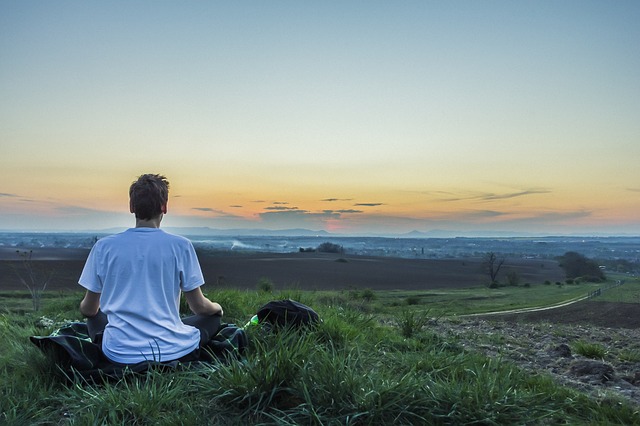
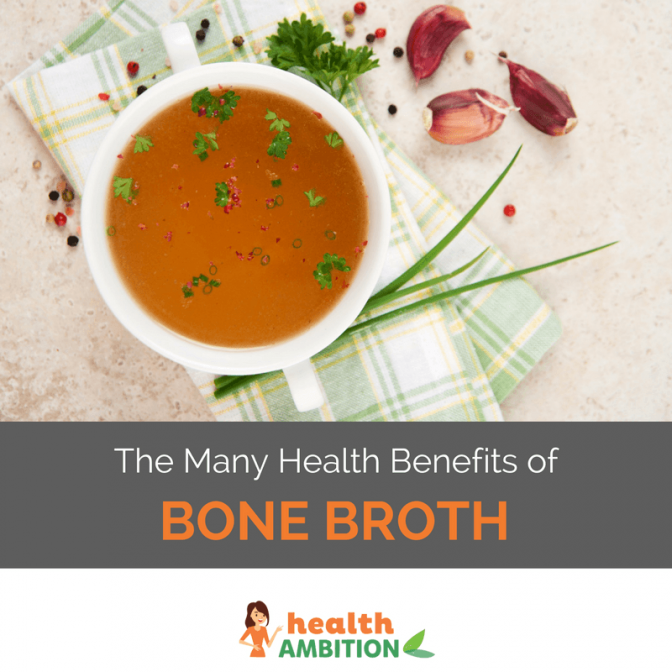
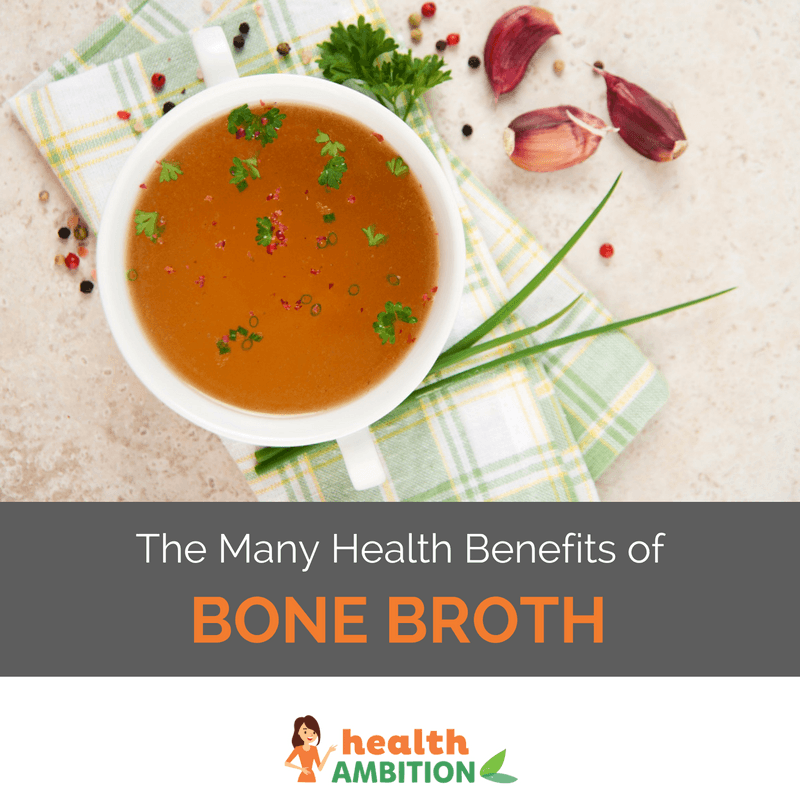 Have you heard of bone broth? It’s starting to become the next health food craze.
Have you heard of bone broth? It’s starting to become the next health food craze.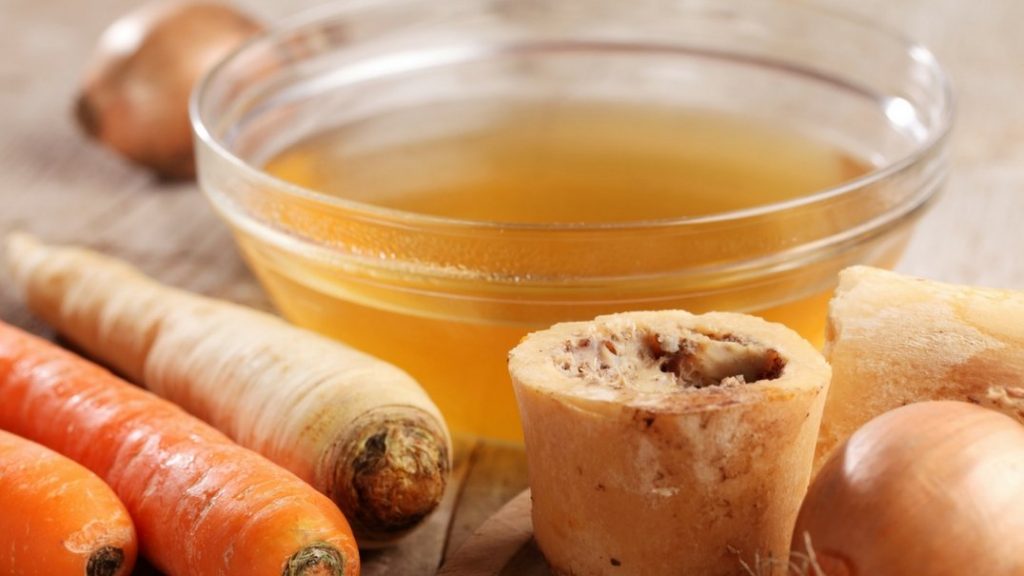
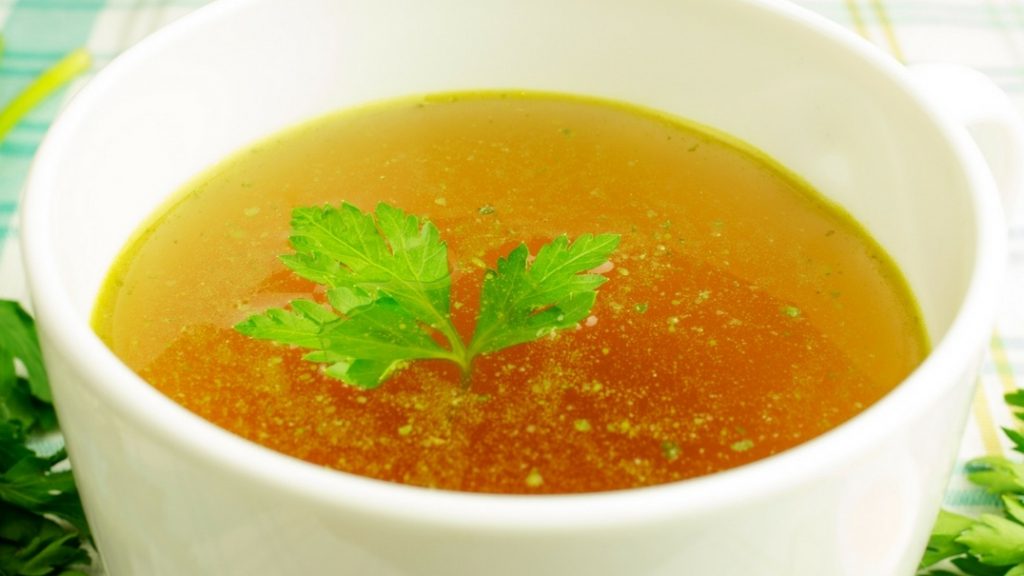
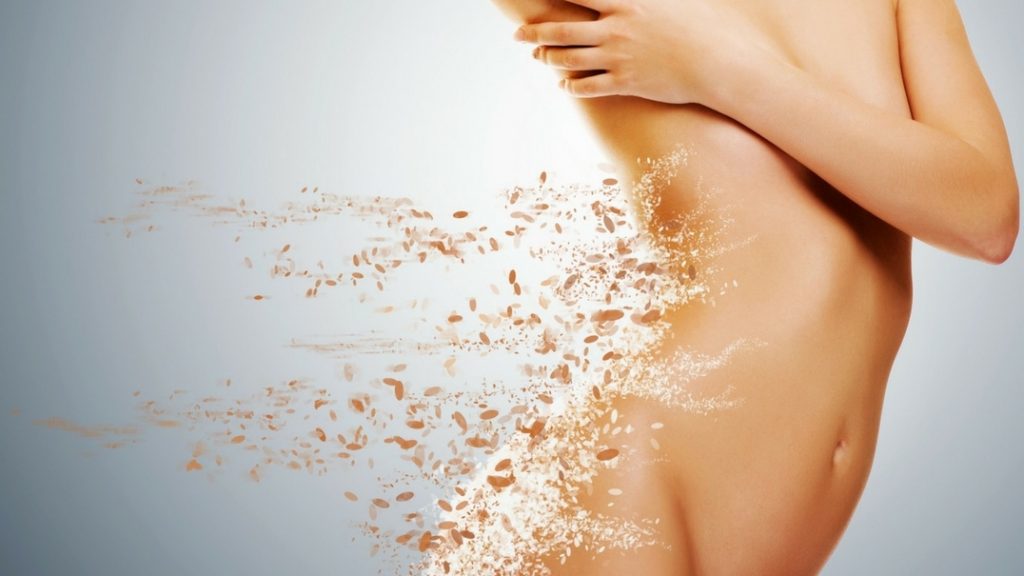



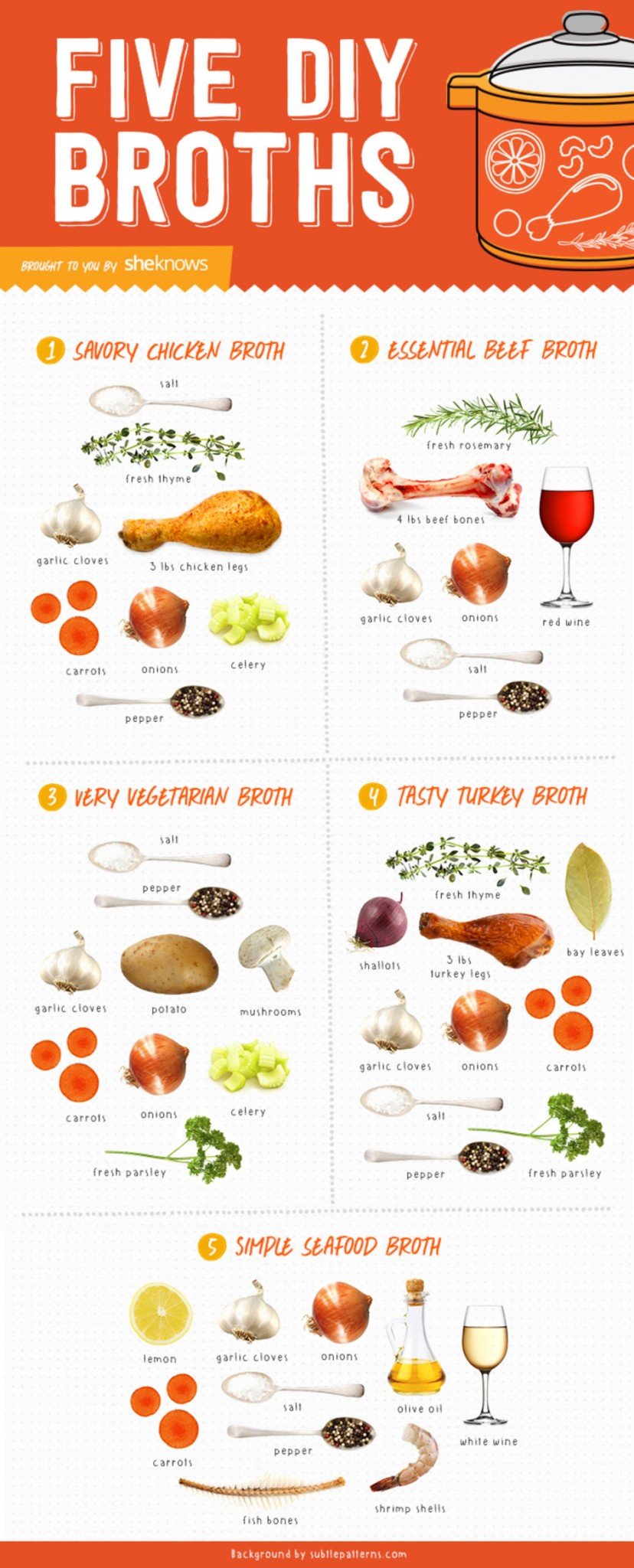
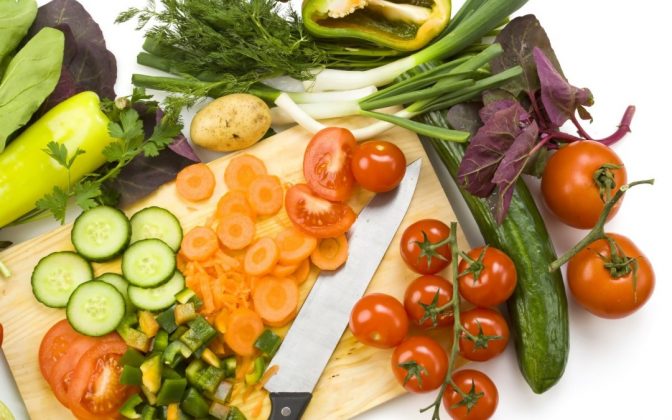
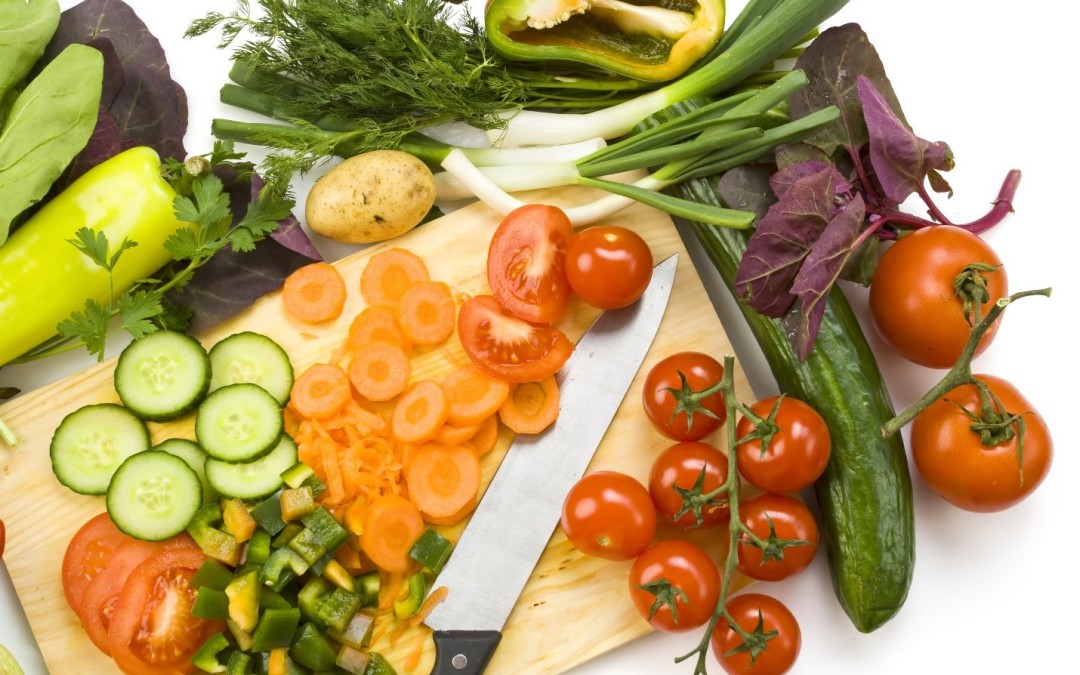
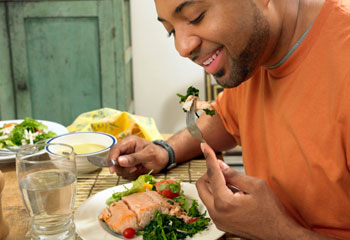
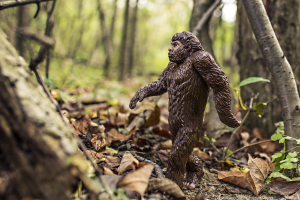
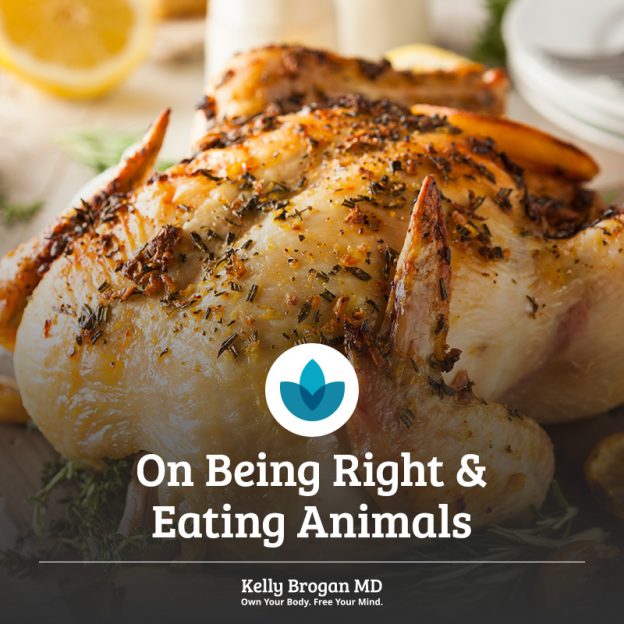
 I’ve always been allergic to dogma. In any institutional setting – educational, religious, medical, and most definitely, airport! – I find myself developing hives and hot flashes whenever I need to follow rules that make no sense. I made a beeline to self-employment. To me, rules for rules sake tend to represent, at their core, a fear-based attachment to “safety” over freedom.
I’ve always been allergic to dogma. In any institutional setting – educational, religious, medical, and most definitely, airport! – I find myself developing hives and hot flashes whenever I need to follow rules that make no sense. I made a beeline to self-employment. To me, rules for rules sake tend to represent, at their core, a fear-based attachment to “safety” over freedom.